To keep your chimney in good shape, the rain cap plays a crucial role. Rain caps go by different names like chimney cap, chimney cover, animal guard, or spark arrestor, but they all serve one purpose: shielding the top of the flue from water, animals, or debris.
Rain caps, also known as chimney caps, are metal guards with mesh or wire sides. They’re made to fit over and cover the flue’s top. When installed correctly and without damage, rain caps prevent moisture, animals, and debris from getting into the chimney.
However, over time, rain caps can wear down due to shifting, settling, severe weather, or just being exposed to the elements for a long time.
Benefits of Installing a Rain Cap
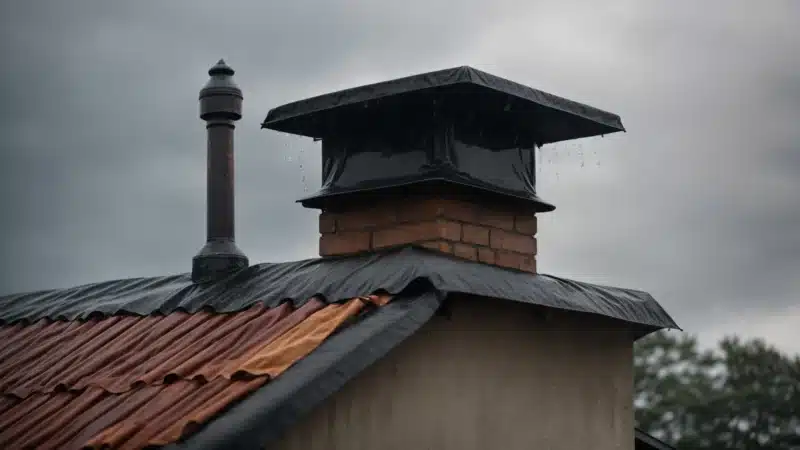
Installing a rain cap on your chimney offers multiple benefits. It acts as a protective barrier, preventing water, animals, and debris from entering the chimney.
This not only maintains the structural integrity of the chimney but also enhances its overall efficiency. Additionally, a rain cap helps prevent issues like moisture damage, animal nesting, and debris accumulation, making it a valuable addition to chimney maintenance.
Increasing the Lifespan of Your Chimney
Increasing the lifespan of your chimney involves regular maintenance practices. Annual inspections and cleaning help prevent creosote buildup and potential chimney fires.
Installing a rain cap is crucial to safeguard against rainwater, debris, and animals, preserving the chimney’s structural integrity.
Additionally, burning well-seasoned wood minimizes creosote accumulation and reduces the risk of corrosion. These measures, along with regular chimney inspections, collectively contribute to a longer lifespan, ensuring a safer and more efficient heating system for your home.
Improved Energy Efficiency
Rain caps play a crucial role in enhancing energy efficiency by optimizing the performance of your chimney and heating system.
When installed, these roof caps help maintain the proper draft efficiency, ensuring a smooth exit for smoke and harmful gases. This efficient venting process allows your heating system to operate more effectively, ultimately reducing energy consumption.
Moreover, rain caps act as a protective barrier against the cold weather here in Portland, preventing drafts and heat loss. By keeping the cold air out, your heating system doesn’t need to work as hard to maintain a comfortable indoor temperature.
Safe from Sparks and Hot Stuff
A roof cap plays a crucial role as an accessory in keeping your home safe from sparks and hot debris. It acts as a barrier, preventing embers or fiery particles from escaping the chimney and landing on your roof or nearby flammable materials.
By containing these sparks, a chimney cap helps reduce the risk of accidental fires and keeps your home and surroundings secure. Additionally, it adds an extra layer of protection, minimizing the potential for hot materials to cause damage or pose a threat to the safety of your property.
Say Goodbye to Falling Junk
A chimney cap plays a crucial role in preventing falling debris or junk from entering your chimney. It acts as a protective accessory, blocking leaves, twigs, or other objects from getting inside.
This helps maintain a clear and unobstructed chimney, reducing the risk of blockages that can affect the efficiency and safety of your fireplace or heating system.
By saying goodbye to falling junk, a chimney cap ensures a smoother and trouble-free operation, making it an essential component in keeping your chimney and home secure.
Minimize Moisture Damage
A chimney cap is like a hat for your chimney, and its job is to stop rain and moisture from getting inside. When water goes into the chimney, it can cause problems like making the chimney structure weaker or creating mold.
The chimney cap keeps the moisture out, so your chimney stays strong and healthy, and you don’t have to spend a lot on fixing it.
Keep animals out
A chimney cap serves as a protective barrier to prevent animals, such as birds, squirrels, or raccoons, from entering your chimney.
Without a cap, these critters might find their way into your home, causing potential damage or creating a nuisance. The chimney cap acts as a reliable accessory, ensuring that your fireplace and chimney remain free from any unwelcome animal guests.
No More Smoky Surprises
A chimney cap ensures there are no unexpected smoky surprises in your home. It acts like a guard to prevent smoke from coming back down the chimney and entering your living space.
This not only maintains a comfortable indoor environment but also enhances the safety of your fireplace. With a chimney cap product, you can enjoy the warmth of your fire without worrying about smoky surprises inside your home.
How to Tell If Your Rain Cap Isn’t Doing Its Job
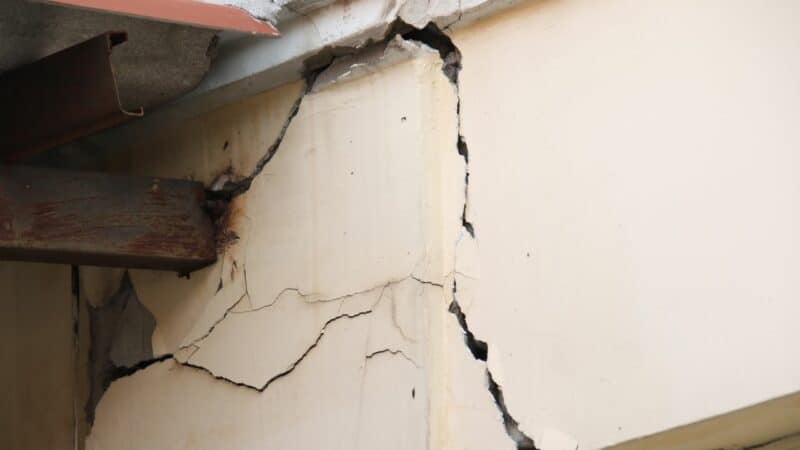
To check if your rain cap is working, look for damage like rust or cracks. If it’s not doing its job, you might see water stains or smell mustiness inside the chimney.
Also, keep an eye out for more debris or animals than usual. If you notice any issues, it’s a good idea to replace the rain cap to keep your chimney in good shape.
Water Inside
Spotting water in your flue or firebox often indicates a leak surrounding the rain guard. A chimney technician can identify the source of a leaky chimney as well as assess the condition of your rain guard and roof cap. If there is water damage, a certified chimney sweep can offer solutions to help dry out or replace the damaged components.
Chimney blockages
When your chimney isn’t drafting properly or smoke is backing up into your home, you may have a chimney blockage. Chimney blockages are most often caused by animals or debris such as leaves falling into the flue.
Animal entry
The presence of an animal in the chimney is a surefire sign that your raincap is damaged – or missing altogether. After having the animals safely removed by a wildlife professional, it is important for your chimney vent to be cleaned, repaired or replaced. Installing a chimney cap will prevent them from coming back.
All chimneys can benefit from having a quality and well-fitting rain cap installed.
Factors to Consider Before Buying a Rain Cap
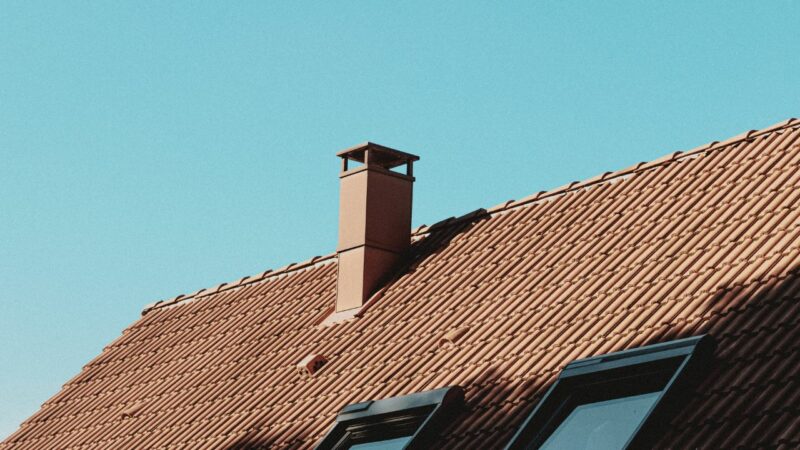
Before buying a rain cap for your chimney, consider the following factors:
- Chimney Size: Measure your chimney’s dimensions to ensure the rain cap fits properly.
- Material: Choose a material that suits your preferences and withstands your local weather conditions. Stainless steel, copper, and galvanized steel are common options.
- Design: Select a rain cap that complements your home’s aesthetic. Some are basic and others have decorative elements.
- Mesh Size: Opt for a rain cap with a mesh that keeps out debris and animals while allowing proper ventilation.
- Installation: Check if the rain cap requires professional installation or if it’s suitable for DIY installation.
- Spark Arrestor: Consider a rain cap with a spark arrestor feature if you want added safety against sparks.
- Weather Resistance: Ensure the chosen rain cap is resistant to rust, corrosion, and other weather-related damage.
- Budget: Set a budget beforehand to narrow down your options and find one that meets your financial constraints.
- Maintenance: Understand the maintenance needs of the rain cap. Some materials may require more care than others.
- Warranty: Check for a warranty to ensure the rain cap’s quality and provide peace of mind.
By keeping these considerations in mind, you’ll be better equipped to choose a suitable rain cap that not only functions well but also enhances the overall look of your chimney while staying within your budget.
DIY Rain Cap Installation vs. Hire a Pro
Opting for a do-it-yourself (DIY) rain cap installation might seem cost-effective initially, but it comes with significant drawbacks.
One primary disadvantage is the potential for mistakes, especially if you lack experience in chimney-related installations. Incorrectly fitted rain caps can lead to water leakage, draft issues, or even safety hazards. Moreover, the DIY approach requires a set of specific tools, and if you don’t have them readily available, additional expenses may accrue.
Time is another factor to consider, as DIY projects often take longer, leaving your chimney vulnerable to the elements during the installation process.
On the contrary, hiring a professional for rain cap installation offers numerous advantages. Professionals bring expertise and efficiency to the task, ensuring a proper and secure fit. They are well-versed in safety protocols, mitigating the risk associated with working at heights. Additionally, professionals can assess your specific chimney needs, recommend suitable rain caps, and provide warranties or guarantees on their work, offering long-term peace of mind.
In the end, choosing to hire a pro for rain cap installation not only minimizes potential pitfalls but also guarantees a reliable, well-fitted raincap solution for your chimney.
Contact Portland Fireplace & Chimney for all your Rain Cap Needs!
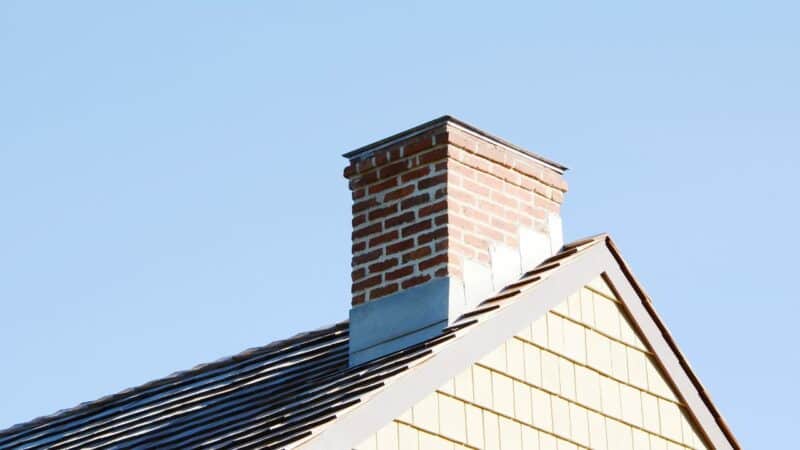
Looking for a reliable solution to protect your chimney? Portland Fireplace & Chimney has got you covered with top-tier raincap installations. We understand how vital a raincap is to maintaining the safety and efficiency of your fireplace and chimney system.
Don’t let the Portland drizzle turn into a downpour of chimney problems; connect with the seasoned experts at Portland Fireplace & Chimney. Our team is equipped to handle any weather-related challenges, ensuring your home remains cozy and dry, regardless of what the forecast has in store.
Take action today and ensure your chimney thrives through the seasons. We served Creston-Kenilworth, South Tabor, and all neighborhoods in Southeast Portland.
Reach out to Portland Fireplace & Chimney for a professional consultation and secure the installation of your essential rain cap.
By entrusting our skilled staff, you’re investing in the longevity and performance of your fireplace, keeping your home safe and sound.
Frequently Ask Questions
What is a rain cap on a roof?
A rain cap is a metal covering that is affixed to the top of your chimney designed to prevent moisture and rodents and debris from entering your chimney’s flue.
Is a chimney cap necessary?
A chimney cap is technically not necessary for a chimney to work, but chimneys run more smoothly and last longer with caps. Chimney caps protect against wild animals, debris and moisture while keeping embers from escaping and starting fires. They also prevent downdrafts so fireplaces can heat homes efficiently.
Can I install a roof cap myself?
Yes, you can install a chimney cap yourself as long as your roof is easy to access and you carefully follow the instructions to secure the cover. However, most homeowners rely on professionals for installation since working on roofs can be dangerous and improper installation can increase your home’s fire risk.
Do chimney caps keep rain and snow out?
Yes, chimney caps keep rain and snow out and protect against moisture damage. They feature a solid top that stops rain, snow and debris, while perforated sides allow smoke to exit. Rain will typically slide off the cap, down your roof and into your gutter or drainage system.
How long does a chimney cap last?
A chimney cap typically lasts five to 15 years with proper maintenance and chimney inspections, though it depends mainly on the material and the climate. For example, a galvanized steel chimney cap will only last about five years. Alternatively, a stainless steel chimney cap will last about 10 years, and a copper chimney cap will last even longer.
Typically, how tall are chimney caps?
Chimney caps are typically at least 8 inches taller than the top of the chimney flue. Ideally, they should be even higher. The taller the chimney cap, the more of a gap between the chimney and the cap opening. A bigger gap minimizes the cap’s impact on the chimney’s draft.
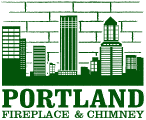
Portland Fireplace and Chimney Inc is your top notch pick for a fireplace and chimney company in the greater Portland metro area.

